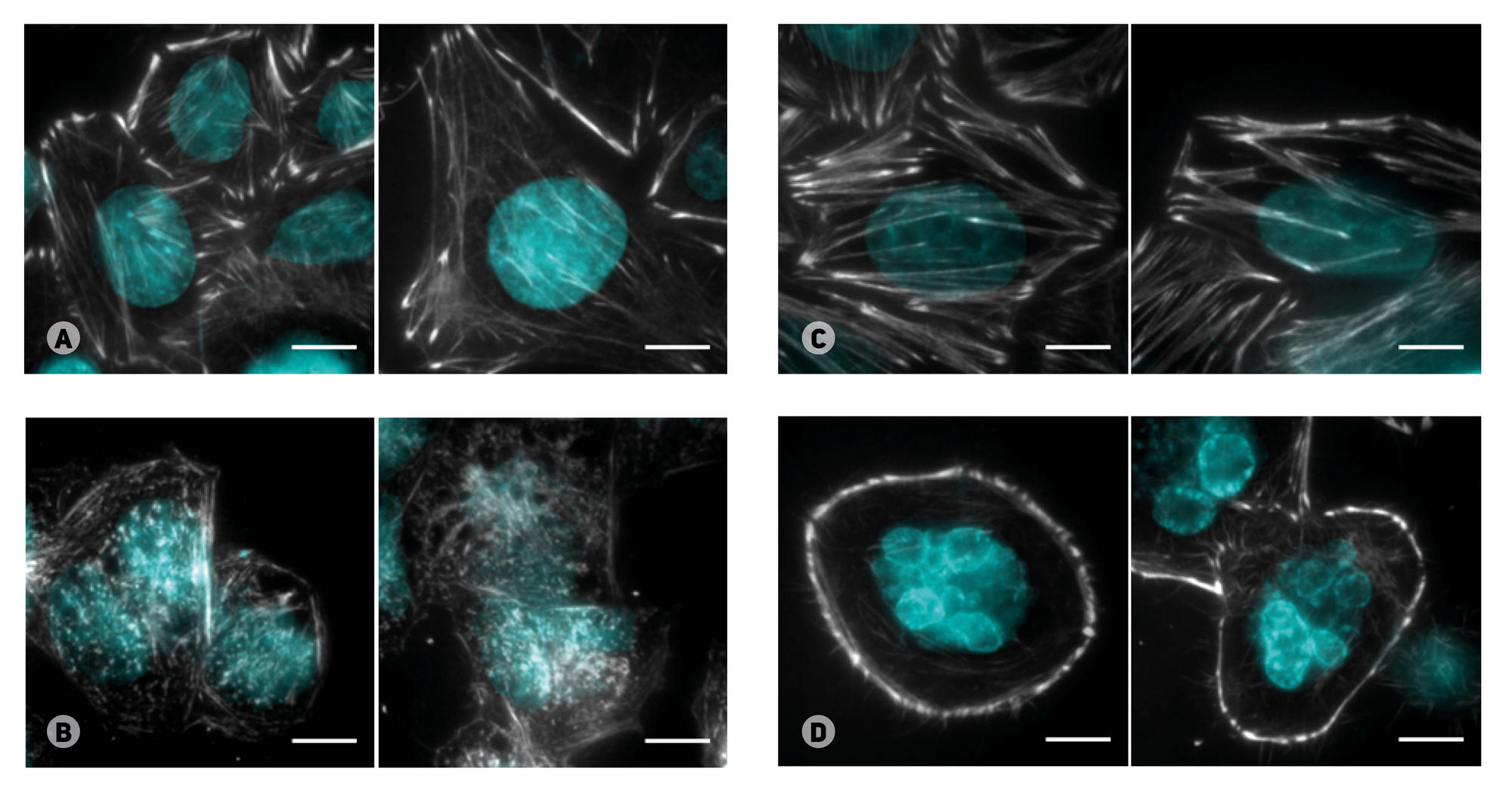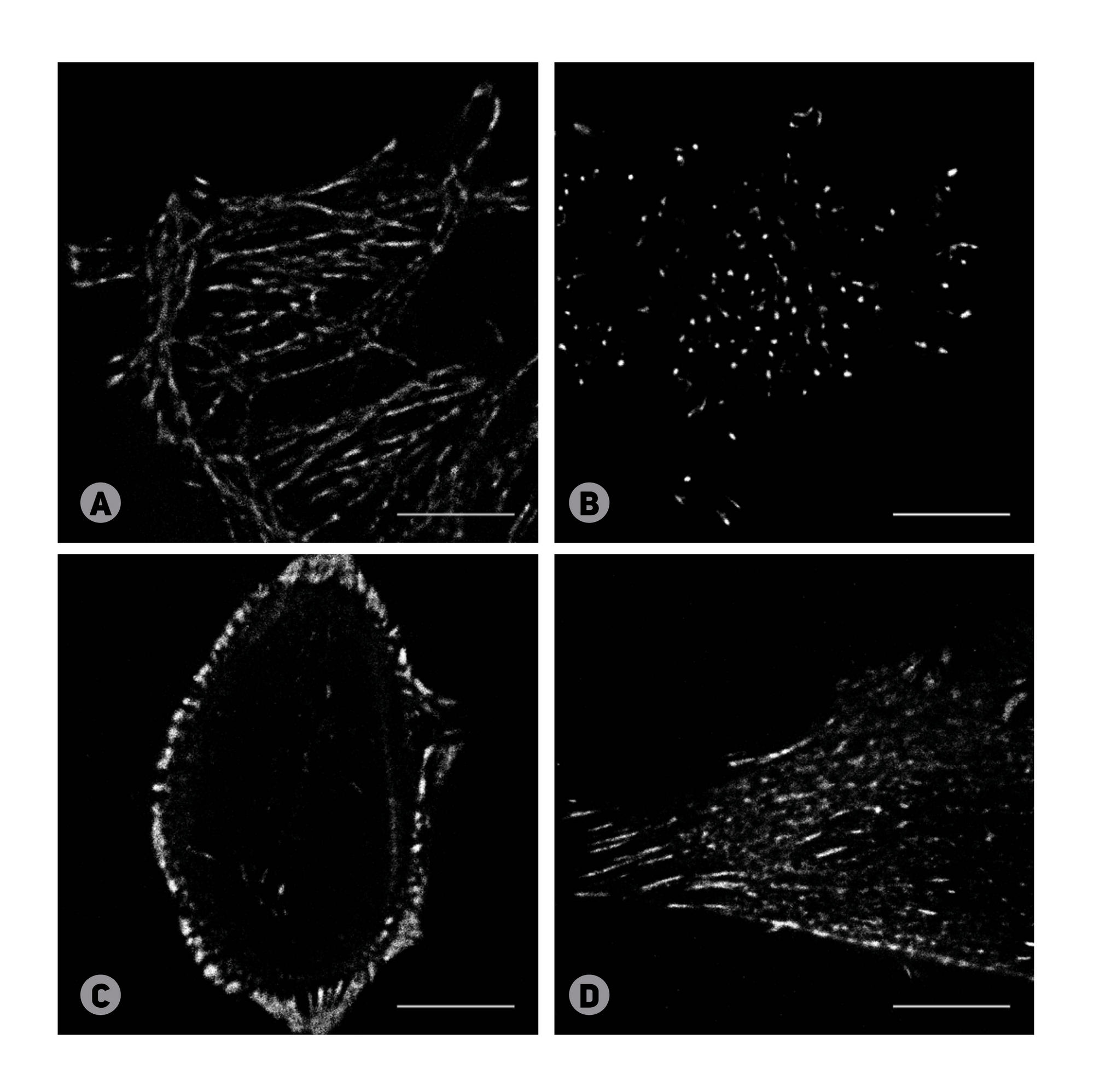
This article is an open access article distributed under the terms and conditions of the Creative Commons Attribution license (CC BY).
ORIGINAL RESEARCH
Fluorescence imaging of actin cytoskeleton changes in cancer cells upon chemotherapy
1 Research Institute of Biomedical Technologies,
Nizhny Novgorod State Medical Academy, Nizhny Novgorod, Russia
2 Lobachevsky State University of Nizhny Novgorod – National Research University, Nizhny Novgorod, Russia
3 Laboratory of Biophotonics, Department of Genetics and Postgenomic Technologies,
M. M. Shemyakin and Yu. A. Ovchinnikov Institute of Bioorganic Chemistry, Russian Academy of Sciences, Moscow, Russia
Correspondence should be addressed: Natalia Klementieva
pl. Minina i Pozharskogo, d. 10/1, Nizhny Novgorod, Russia, 603005; moc.liamg@aveitnemelkvn
Funding: this work was supported by the Russian Science Foundation (project no. 14-25-00129).
Acknowledgements: authors thank the IBCH Core Facility for the equipment.


